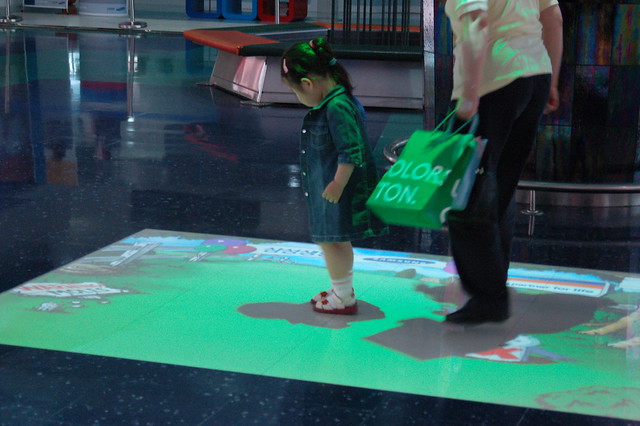Developing Lessons with Technology
1. How can teachers evaluate and assess their students?
Teachers can assess and evaluate their students by using online tools that can overlook what your students are doing. There is no need for using grading with a red pen anymore, now a days it is best and easier to use online grading and even taking test online.It gives teachers the chance to monitor each students progress and with it being able to modify a lesson to fit the students academic needs. Many teachers can even monitor what their students are doing in class. Assessing students has becoming much easier throughout the years.
2. Tech Tools 3.3 - Online Rubrics and Quizzes
Teachers can come to find making Rubrics and Quizzes online difficult, but in many ways it can help them save time. These two templates allow teachers to access what they need in a matter of seconds. The RubiStar as said in the book is an, "online tool for creating rubrics electronically", it ranks students in either a number form or a category form. To me, this can help the students see where they stand on their own. QuizStar helps teachers to create multiple choice and short response quizzes so that students and study off of them. An opportunity like this saves so much time and is also an easy way to grade considering that the computer does it for you. I would personally love to use either one of these applications later on in my career. I want to get as much involved in the technology as possible to better my teaching skills.
3. Summary
Developing lessons using technology becomes ten times easier for teachers and also for students. Learning how to develop a lesson online is so convenient and less time consuming. This chapter teaches you how focusing more on the information and skills students are going to be able to use can boost their education. By using the internet and applications like; QuizStar and RubicStar, teachers can asses their students in a new and easy way.Having a template ready to be filled in, is great for teachers because it gives them extra time to elaborate on what the lesson will consist of. I find it very useful and smart to use all these different teaching skills in a everyday to day bases.
 |
| photo credit to Denise Krebs on Flickr |
Maloy, R. W. (2011). Transforming learning with new technologies. Boston: Pearson/Allyn and Bacon.
